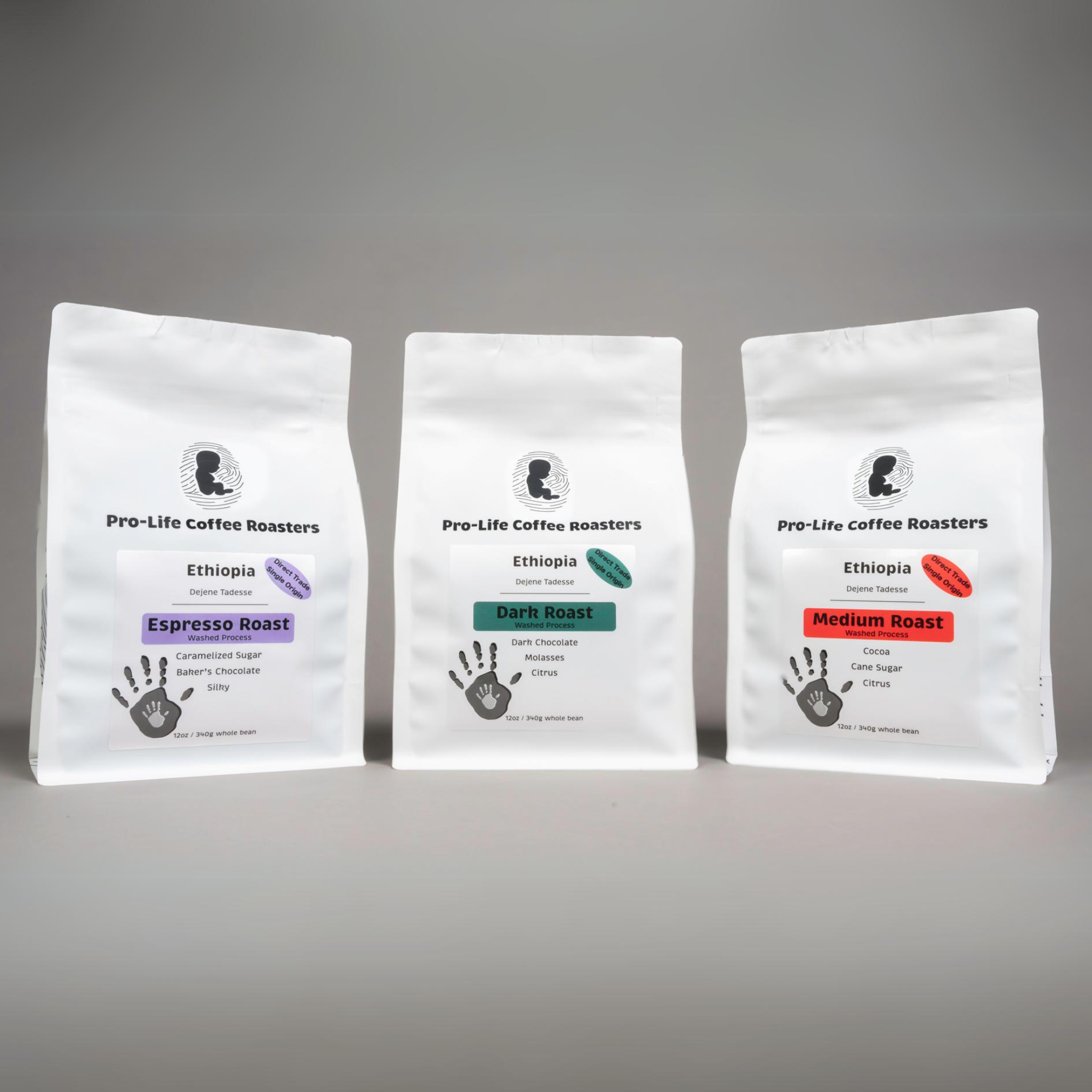What Makes SOE Single Origin Espresso Unique from Combination Beans
Understanding Coffee Beans: the Trip From Espresso to Blended Coffee Beans

The Origins of Coffee: A Global Point Of View
While you may think of coffee as a modern staple, its origins trace back centuries, intertwining with societies throughout the world. The story begins in Ethiopia, where tale says a goat herder called Kaldi discovered the stimulating impacts of coffee beans after seeing his goats romping vigorously after eating them.
As trade routes expanded, coffee made its means to Europe in the 17th century, promptly getting appeal. Each culture included its distinct twist to coffee prep work, enhancing its background.
Cultivation and Harvesting of Coffee Beans
As coffee's trip progressed, the emphasis moved to the cultivation and harvesting of specific bean varieties, particularly those utilized for espresso. You'll find that coffee beans commonly come from Arabica or Robusta plants, each offering unique tastes. The optimal expanding problems include high elevations and abundant, well-drained dirt, which enhance the beans' quality.
During the harvest, picking methods vary. Timing is important; you desire to harvest when the cherries get to peak perfection for maximum flavor.
When harvested, the beans are prepared for handling, which is important in establishing their last taste. Understanding the cultivation and gathering procedures gives you insight into what enters into your favored coffee, enriching your gratitude for each and every cup.
Processing Methods: From Cherry to Bean
Currently that you have actually discovered collecting espresso beans, let's explore how those cherries transform into the coffee beans you enjoy. You'll see exactly how different harvesting strategies influence flavor, adhered to by the vital steps of fermentation and drying out. We'll break down the milling and grading procedure that determines your coffee's high quality.
Harvesting Techniques Described
When it pertains to coffee, recognizing harvesting techniques is necessary, because they straight influence the flavor and high quality of the beans you delight in. There are two primary techniques: discerning picking and strip selecting. Selective picking entails hand-picking just ripe cherries, guaranteeing you get the very best top quality beans. This technique typically brings about a richer taste profile, though it's even more labor-intensive. On the other hand, strip picking methods collecting all cherries at once, no matter of ripeness. While it's quicker and more affordable, this can lead to a mix of tastes, impacting the end product. Inevitably, the option of collecting method can considerably affect your coffee experience, so it deserves recognizing how those beans made it to your mug.
Fermentation and Drying Out
After gathering, the next steps in handling coffee beans play a significant function in forming their taste. You'll discover that fermentation is crucial, as it helps damage down the mucilage surrounding the beans, enhancing their taste account. Relying on the technique, this process can last from a couple of hours to numerous days, with differing outcomes based upon temperature level and humidity.
When fermentation is complete, drying out follows, which is just as vital. You can select from mechanical or sun-drying drying out techniques. Sun-drying allows the beans to soak up tastes from the environment, while mechanical drying guarantees consistent dampness levels despite weather. Correct drying is important to protect against mold and preserve the beans' high quality, inevitably affecting your mug of coffee.
Milling and Grading Refine
As fermentation and drying established the phase for taste advancement, the milling and grading procedure warranties that just the most effective coffee beans make it to your cup. This phase includes eliminating the external layers of the coffee cherry, consisting of the parchment and husk. After milling, the beans are arranged by dimension and weight, making sure a consistent top quality. You'll locate that grading assists identify problems and classify beans, which influences taste and fragrance. Premium beans get a higher quality, resulting in a richer coffee experience. As soon as graded, the beans are all set for product packaging and shipping, maintaining their distinct characteristics. This thorough SOE procedure is vital for supplying the extraordinary preference you enjoy in every sip of your preferred brew.
Roasting Techniques: Opening Taste Possible
When you roast coffee beans, the method you pick can significantly impact the taste account. Recognizing the relationship between time, temperature level, and roasting techniques is essential to revealing the potential of your brew. Allow's discover how these components integrated to develop the best cup.
Roasting Techniques Clarified
While you might think that all coffee toasting methods produce the exact same results, the truth is that each strategy discloses special flavor possibilities in the beans. Drum toasting utilizes a rotating drum to evenly distribute heat, improving caramelization and generating a well balanced taste. Air roasting, on the various other hand, distributes warm air around the beans, advertising a lighter roast with pronounced acidity.

Effect on Flavor Account
Different roasting techniques not only affect the process yet additionally substantially impact the taste profile of the coffee beans. Dark roasts, on the various other hand, bring out strong, great smoky flavors, often covering up the bean's special features. Comprehending these nuances aids you value the artistry behind your cup of coffee, boosting your total experience with every sip.
Time and Temperature Factors
To launch the complete flavor potential of coffee beans, both time and temperature during the roasting process play considerable duties. When toasting, you'll locate that greater temperatures can rapidly create tastes, however if you hurry it, you might wind up with scorched notes. Conversely, reduced temperature levels enable for a much more progressive taste development, showcasing the beans' special qualities.

Timing is simply as important; extending the roast as well long can bring about a loss of acidity and illumination, while also short a roast might leave the beans underdeveloped. Finding that pleasant area requires method and experimentation. By adjusting these variables, you can reveal the rich, complicated tastes concealed within each bean, creating a really amazing coffee experience.
The Art of Mixing: Crafting Unique Coffee Profiles

Begin by selecting a base coffee that supplies a strong structure. An intense Ethiopian bean can bring fruitiness, while an abundant Brazilian coffee includes body.
As you blend, bear in mind that each combination tells a tale. You're not simply making coffee; you're developing an experience. Take your time, preference often, and enjoy the trip of discovering your signature mix - Single Origin Espresso.
Developing Approaches: Just How Prep Work Affects Flavor
Blending coffee opens up a domain of taste possibilities, yet just how you make that blend can significantly affect your last mug. Various brewing approaches extract unique tastes and scents, so it's crucial to choose wisely. As an example, a French press permits oils and sediments to stay, producing an abundant, full-bodied experience. On the various other hand, a pour-over highlights the coffee's clarity and illumination, excellent for showcasing fragile notes.
Coffee, with its high pressure, produces a concentrated shot that emphasizes sweetness and crema. If you prefer a lighter mixture, take into consideration a cold mixture approach; it produces a smooth, less acidic taste.
Eventually, experimentation is essential. Readjusting variables like water temperature, grind size, and brew time can change your coffee's profile. So, accept the art of developing to uncover the flavors hidden in your coffee blends. The right method can elevate your experience to new elevations.
The Future of Coffee: Sustainability and Advancement
As the coffee sector develops, sustainability and advancement are coming to be vital for addressing environmental obstacles and meeting consumer demands. You'll observe that even more coffee companies are embracing green practices, from sourcing beans fairly to carrying out lasting farming strategies. These shifts not just aid the planet but also improve the high quality of the coffee you appreciate.
You might see innovations like biodegradable packaging and water-saving brewing techniques that minimize waste. Advanced modern technology, such as blockchain, is additionally coming to be popular, ensuring transparency in the supply chain, which allows you to trace your coffee back to its origins.
On top of that, investing in neighborhood neighborhoods and supporting farmers through reasonable profession campaigns cultivates an extra lasting coffee community. As you sip your next cup, bear in mind that your choices can add to a brighter future for coffee. By going with lasting brand names, you're not just enjoying a beverage; you're making a favorable effect on the globe.
Often Asked Inquiries
What Is the Distinction Between Arabica and Robusta Beans?
Arabica beans are smoother, sweeter, and have a greater level of acidity, while robusta beans are stronger, extra bitter, and contain even more caffeine. When making your coffee., you'll observe these differences in taste and aroma.
Exactly How Does Altitude Affect Coffee Bean Taste?
Elevation influences coffee bean taste significantly. Greater elevations produce beans with brighter acidity and complex flavors, while reduced elevations commonly yield beans that are much heavier and less nuanced. You'll observe these differences in your cup!
What Are the Wellness Perks of Drinking Coffee?
Consuming coffee can improve your energy, enhance psychological focus, and also enhance physical performance. It's abundant in antioxidants, might decrease the risk of specific conditions, and can promote a much healthier metabolic rate when consumed in small amounts.
Can Coffee Beans Be Recycled for Brewing?
Yes, you can recycle coffee beans for developing, but the flavor could be weak. If you take pleasure in exploring, attempt reusing them in different means, like cold brews or contributing to smoothie mixes for an extra kick.
Exactly how Should I Shop Coffee Beans for Freshness?
To maintain your coffee beans fresh, save them in an impermeable container in a great, dark area. Avoid subjecting them to warm, light, or wetness, as these elements can rapidly deteriorate their flavor and scent.
Recognizing Coffee Beans: the Trip From Coffee to Blended Coffee Beans.
Currently that you've learned about harvesting coffee beans, allow's explore how those cherries transform right into the coffee beans you enjoy.When you roast coffee beans, the method you choose can drastically impact the flavor profile - Single Origin Espresso.While you might think that all coffee roasting methods yield the very same outcomes, the reality is that each method exposes distinct flavor potentials in the beans.Different toasting approaches not just influence the procedure however also greatly influence the taste profile of the coffee beans